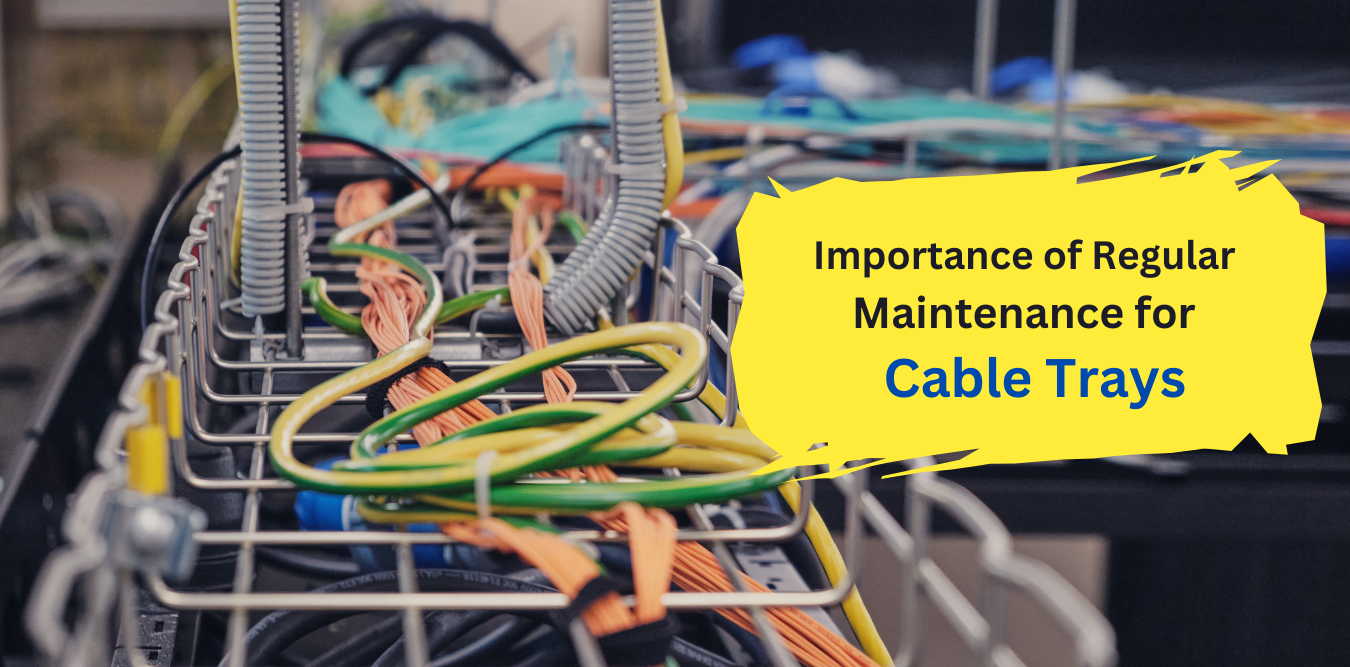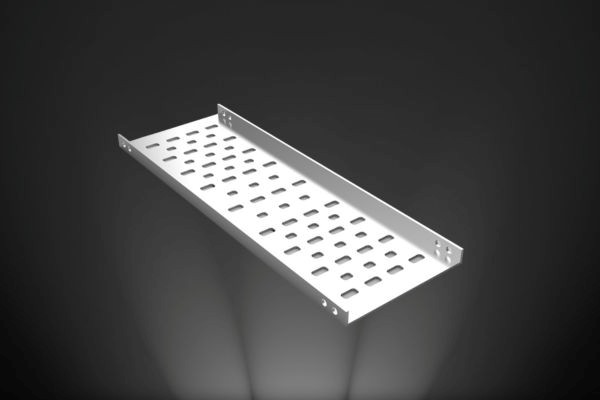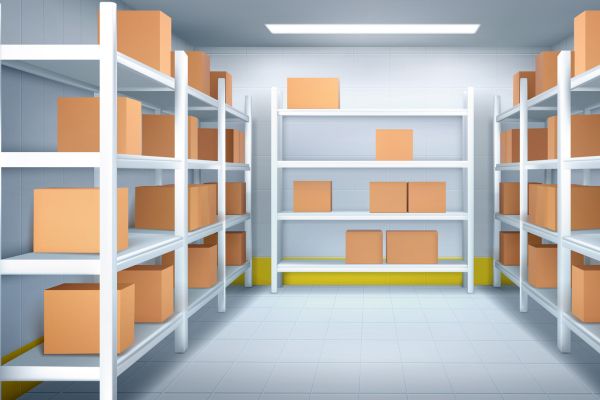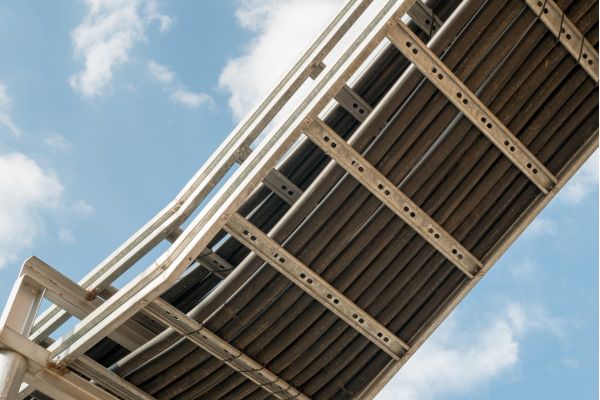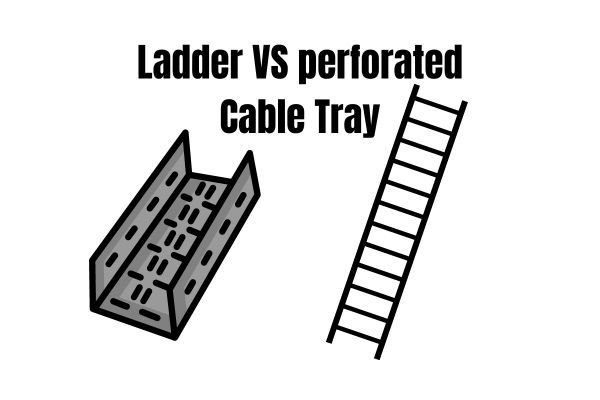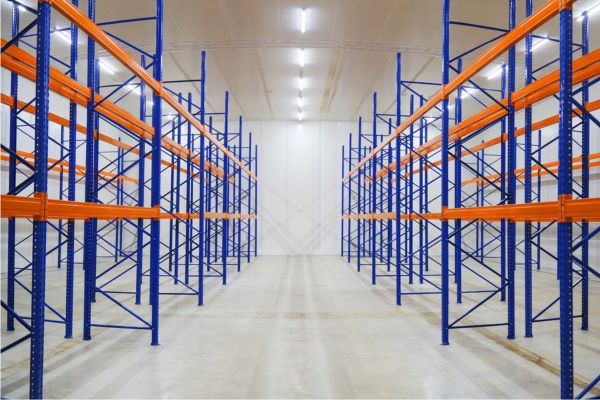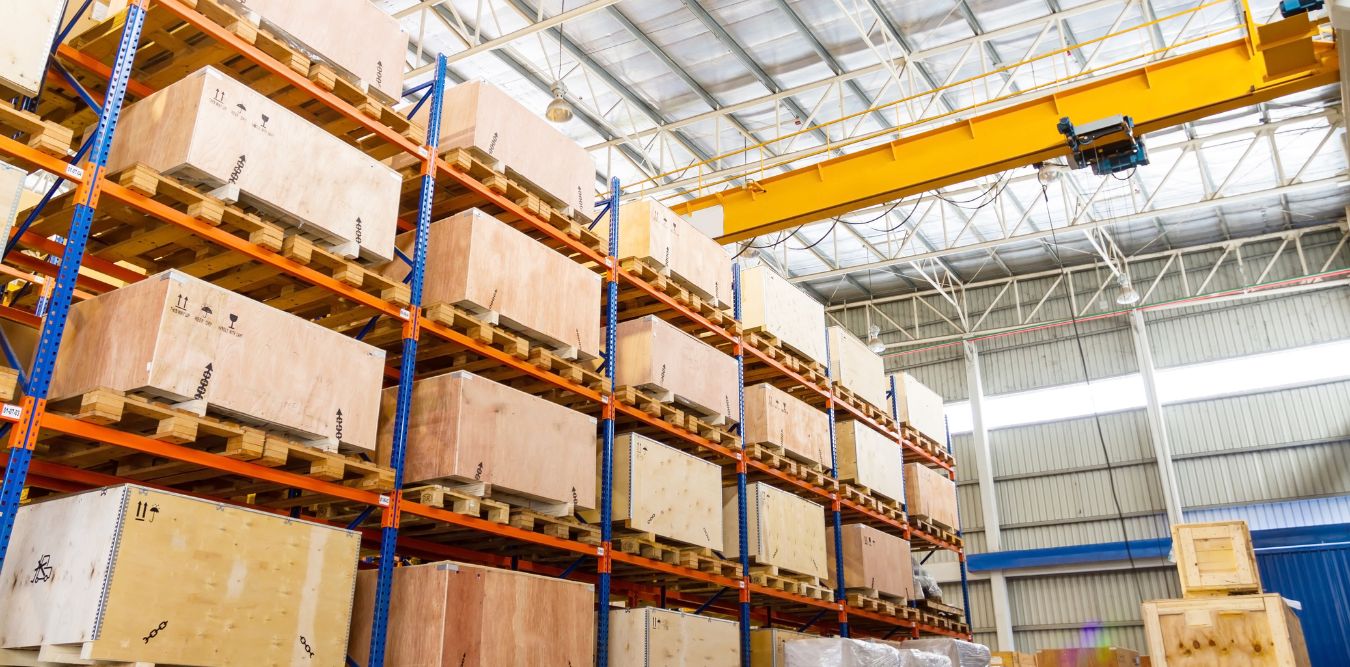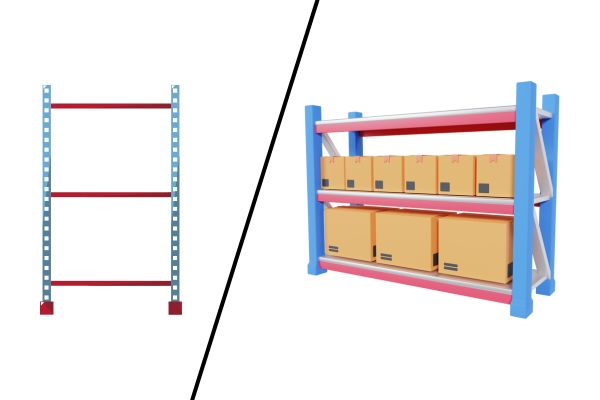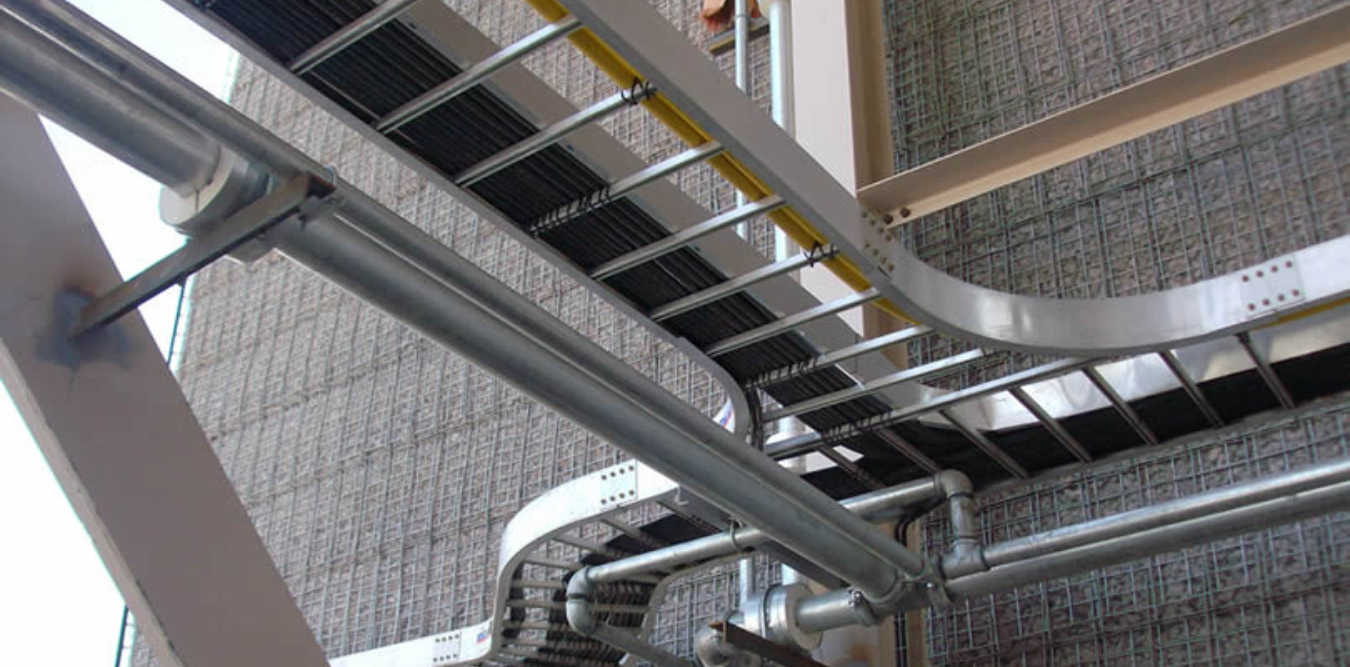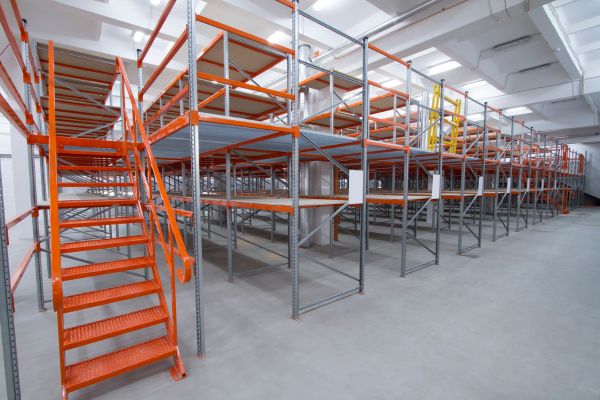Introduction
Cable trays play a crucial role in modern industrial and commercial infrastructure by providing a structured and safe pathway for electrical cables. These systems are designed to support and organize cables while ensuring efficiency and safety in power distribution. However, like any other component in an electrical network, cable trays require regular maintenance to function optimally. Neglecting maintenance can lead to safety hazards, operational failures, and costly downtime.
For racks manufacturers, understanding the importance of regular cable tray maintenance is essential, as it directly impacts the longevity and reliability of the racks and electrical systems they integrate with. This article explores why maintenance is vital, the risks of neglect, best practices for upkeep, and how proactive maintenance can benefit racks manufacturers in the long run.


